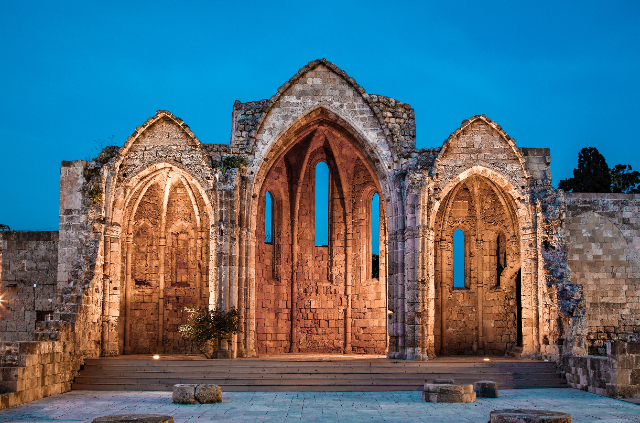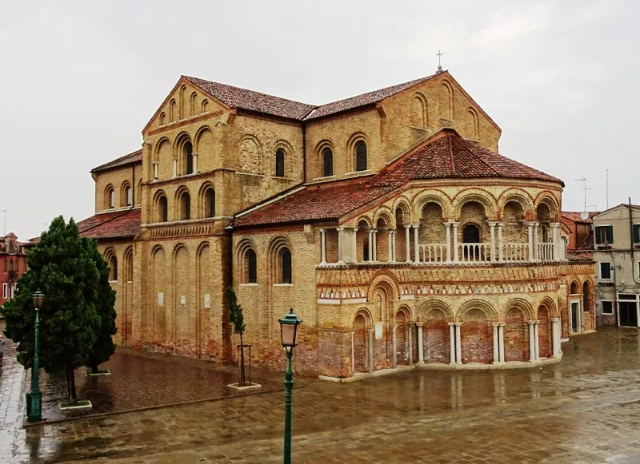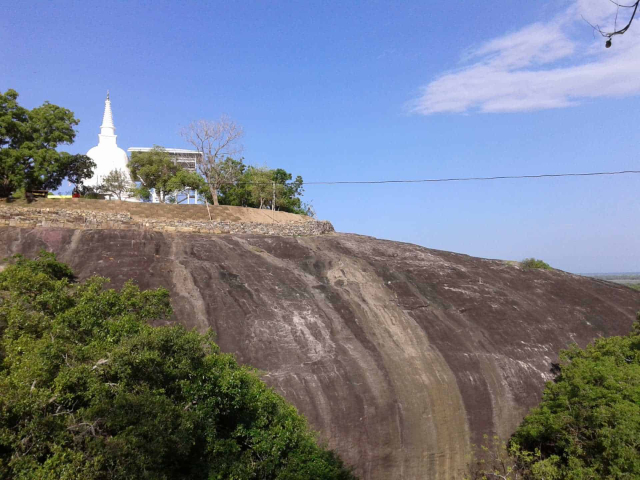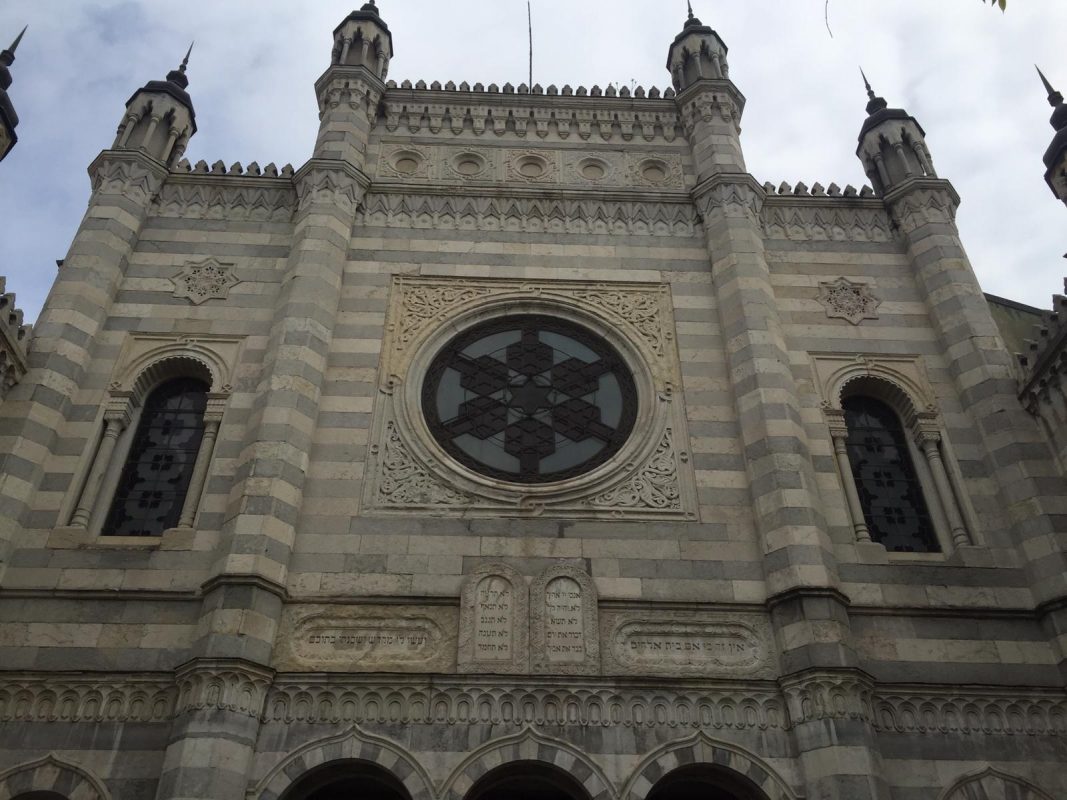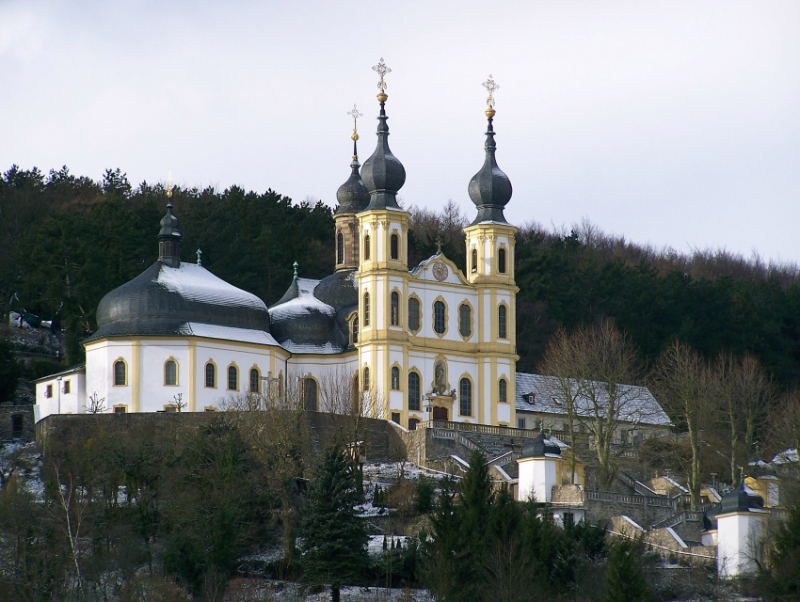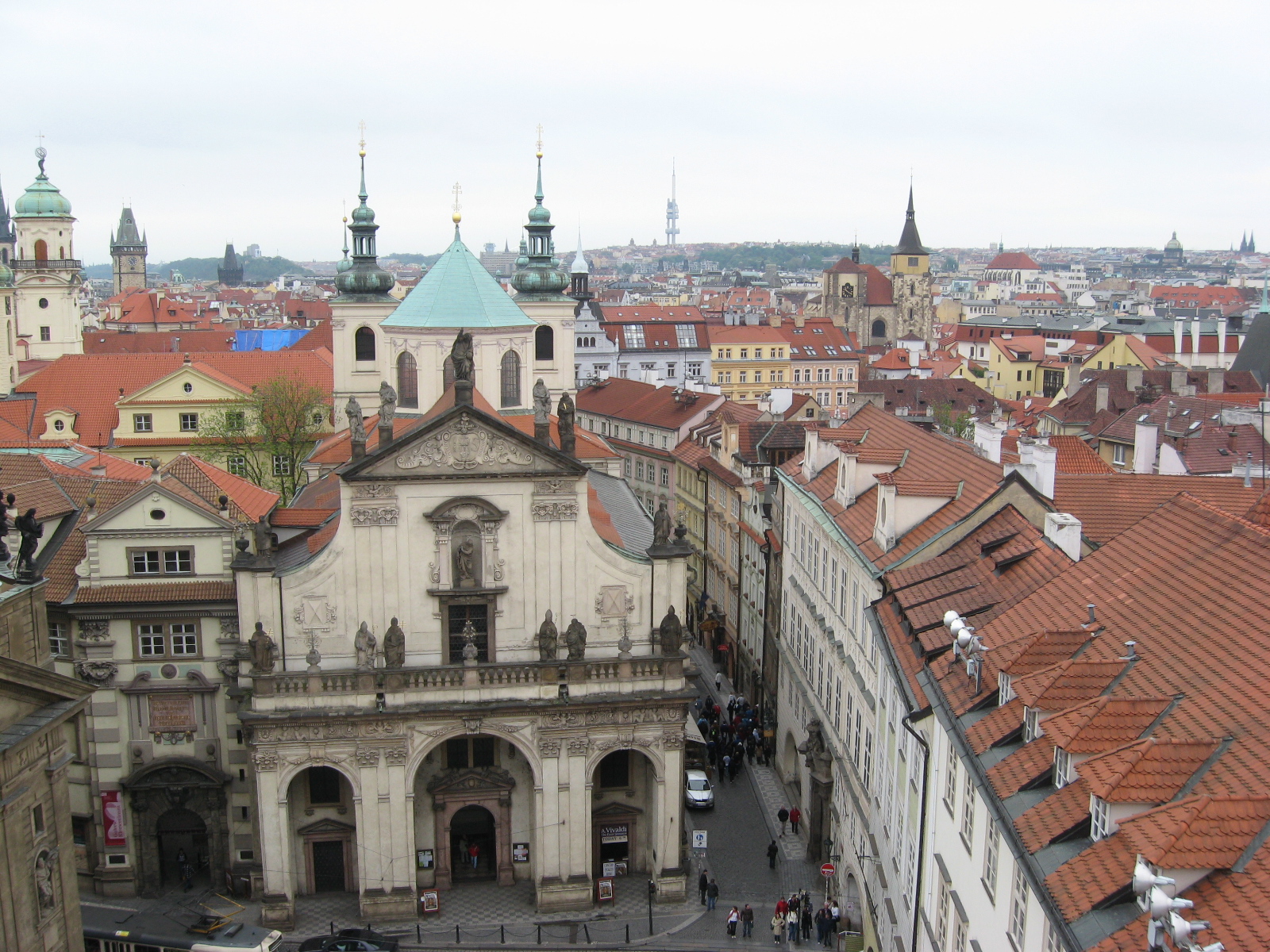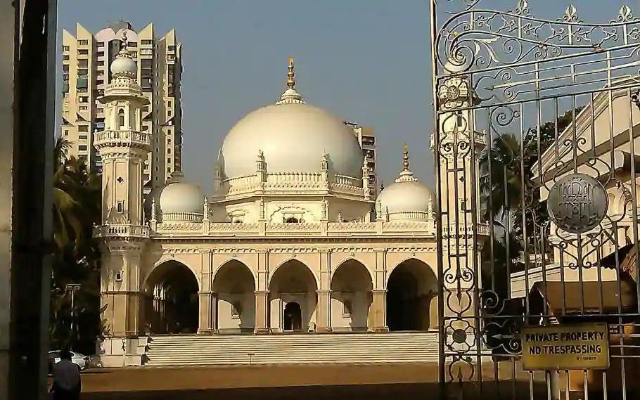Nestled amidst the labyrinthine streets of Rhodes’ Old Town, Our Lady of the Castle stands as a testament to the island’s intricate tapestry of history and faith. Believed to have been constructed in the 11th century, this Byzantine-style church is an architectural chameleon, having undergone several transformations that mirror the shifting sands of time and conquerors.
As you approach, you’ll first notice its stoic exterior, a patchwork of architectural influences that hint at its complex past. Once inside, the atmosphere is hushed, almost reverential. Your eyes are drawn to the altar, where the Byzantine roots of the structure are most evident. Intricate frescoes and mosaics, though faded, whisper tales of devotion and artistry from an era long gone.
But this isn’t just a Byzantine relic. The knights of St. John, during their rule, morphed it into a three-aisled Gothic sanctuary. The pointed arches and ribbed vaults they added blend surprisingly well with the original Byzantine elements, creating an unusual yet harmonious fusion of styles.
The Ottomans, too, left their mark, converting it into a mosque. Though the minaret that once punctuated the skyline has been removed, the Mihrab—a niche indicating the direction of Mecca—remains as a subtle reminder of this chapter in the building’s life.
Our Lady of the Castle is not just a place of worship; it’s a living chronicle of Rhodes itself, a melting pot of the diverse cultures and religions that have shaped this island. Each stone and artifact tells a story, not just of faith, but of the ceaseless ebb and flow of history. In a land teeming with ruins and relics, Our Lady of the Castle stands out as a poignant symbol of unity in diversity, a place where different epochs and empires converge in a quiet harmony.
